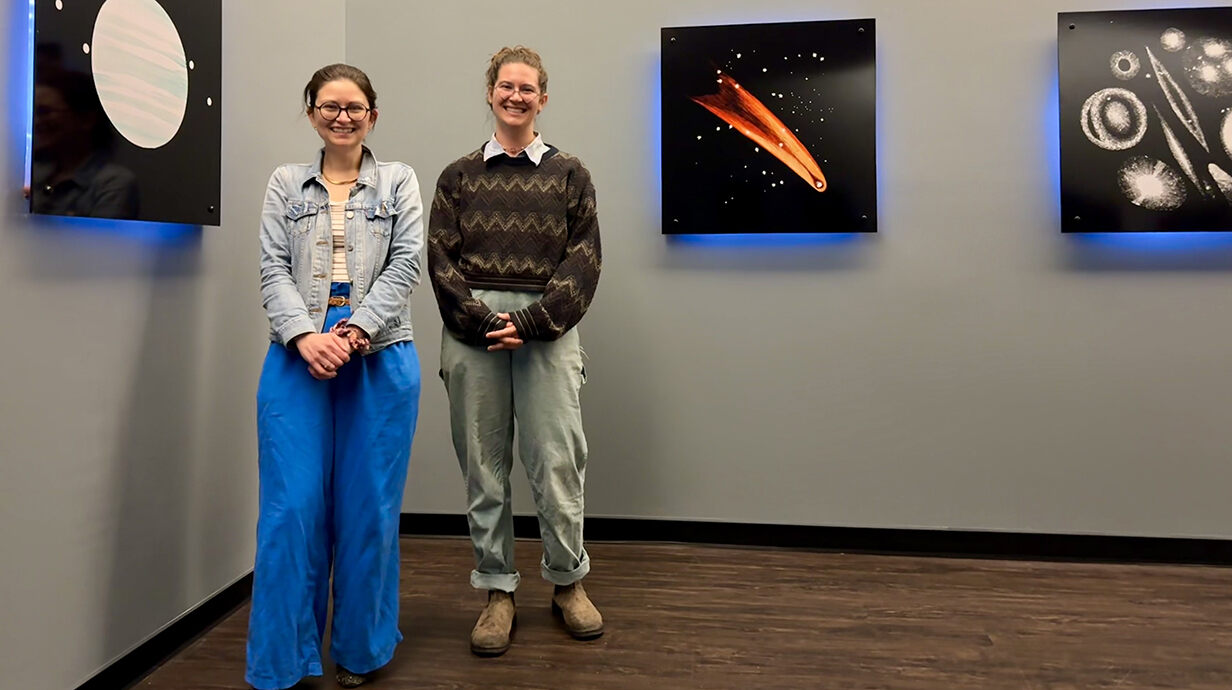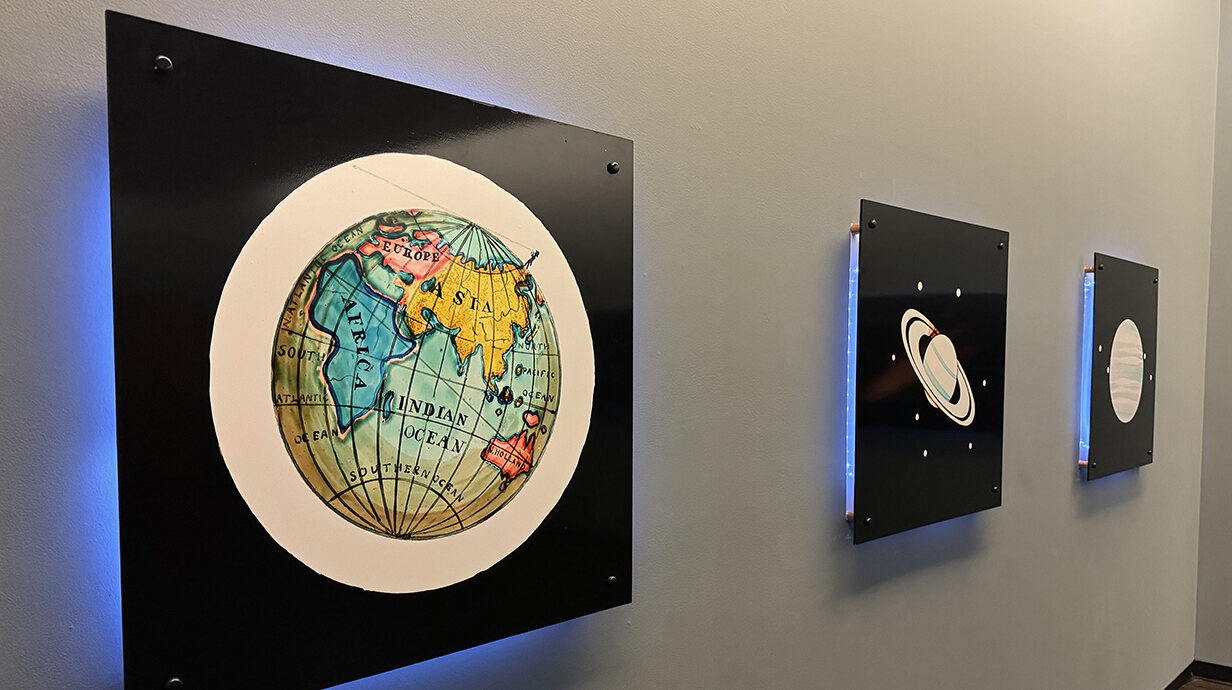1800s-era projection performance at free outdoor event
 APRIL 26, 2024
APRIL 26, 2024
The University of Mississippi Museum will host a Victorian magic lantern show on Friday (May 3) to introduce its latest exhibit, “Magic Lanterns.”
The UM Museum recruited Joel Schlemowitz, a lanternist and professor of film at The New School in New York, to recreate a Victorian-era magic lantern show. A magic lantern show is set for 7:30 p.m. on the grounds of the Walton-Young House.
Before the show, attendees can enjoy period-appropriate refreshments at the opening of the “Magic Lanterns” exhibit. Doors open at 6:30 p.m., and the event is free to the public.
“It’s going to be a really unique event,” said Melanie Antonelli, the museum’s curator and collections manager. “I think museums are gearing toward experiential exhibits, and this is one of those.
“It’s very much educational, but it’s also just a good time.”

The museum’s ‘Magic Lanterns’ exhibit features images of the moon, stars, comets and other heavenly bodies, all taken from the Millington-Barnard Collection of Scientific Instruments. Photo by Clara Turnage/University Marketing and Communications
A precursor to modern animation, magic lanterns are one of the first forms of projection. They use curved lenses and small paintings, etchings or photographs to display images on walls. The first lanterns were invented in the 1600s and came to prominence in the 1800s.
Though initially used as entertainment, magic lanterns later became tools for education, said Greta Koshenina, assistant curator and collections project manager.
“It started as a party trick in the early 1700s,” Koshenina said. “But by the 1860s, they began to utilize it as a teaching material, and that’s what you see here. They would use this in physics and astronomy classes.”
The exhibit is composed of backlit astronomical depictions from the Millington-Barnard Collection of Scientific Instruments that have been enlarged and printed on reused acrylic sheeting. The museum used acrylic left over from COVID-19 protective shields to display the images, Antonelli said.
“We’re reusing supplies that weren’t needed anymore on campus, and all the vinyl was printed and wrapped here on campus at the sign shop,” she said. “It really has been a collaboration.”
Each of the astronomical depictions – moons, planets and constellations – is representative of an understanding of the cosmos from the 1860s. Many of these depictions are no longer considered accurate, but they portray the progress of science, Koshenina said.
“Science was changing so rapidly at that time,” she said. “They were having new scientific discoveries every day and there was this push and pull between science and mysticism.”
Schlemowitz and an assistant, senior UM theater student Madeline Mulkey, of Oxford, will be wearing period-appropriate clothing and using music and language to help immerse the audience in the show. Popcorn, hot dogs and cotton candy will be provided.